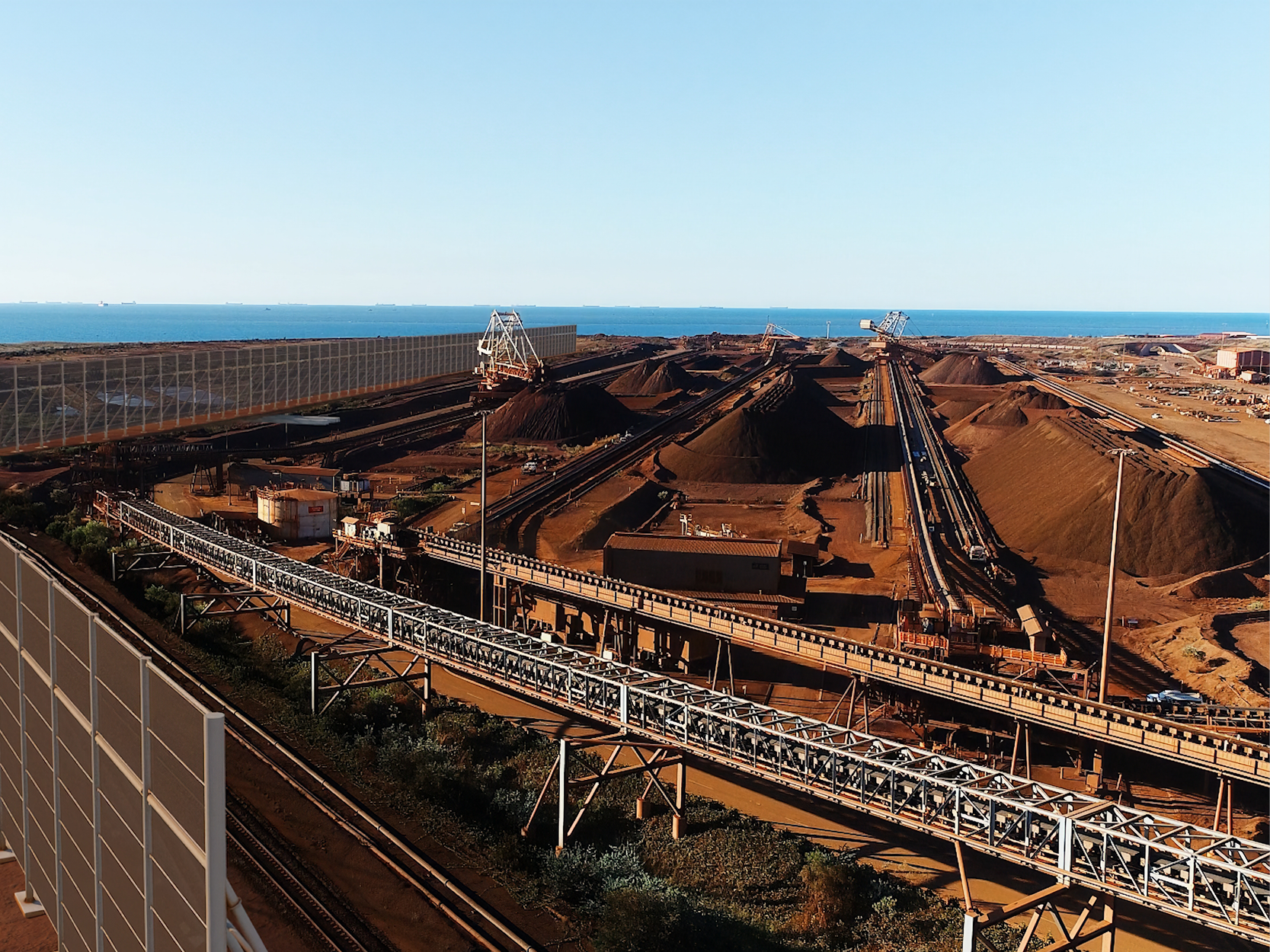Australia’s first wind fences, designed to reduce dust emissions as part of BHP’s $300 million air quality commitment, will be built in Port Hedland by CIMIC Group’s CPB Contractors.
Three fences will be built at BHP’s Nelson Point and Finucane Island operations. Construction of the wind fences is expected to start in August and take 14 months to complete.
BHP announced the contract as it also said it had begun testing two new automated shiploaders at its Port Hedland export facility.
Automating the shiploaders will improve safety and allow BHP to load ships more precisely and efficiently, including through automatic adjustments for weather, hazards, and other variable port conditions.
Up to 150 employees will be involved in the construction of the wind fences, with up to 10 per cent Indigenous employment.
Designed for the Pilbara’s unique weather conditions, and rated to withstand cyclones, the fences will include mesh panels designed to reduce wind speeds, shielding BHP’s stockpiles, and reducing the potential for dust lift-off. The fences will abate dust emissions in current operations and ensure no net increases in dust emissions should operations expand over time.
BHP Port General Manager, Cindy Dunham, said: “The wind fences will be constructed using global best practice dust management and air quality control technology.
“The investment forms part of our Pilbara Air Quality Program and demonstrates our commitment to the region and contribution to the revitalisation of the West End.
“The wind fence project is a key part of our commitment towards continued improvement of our existing dust control measures as we look to continue growing production over time.”
CPB Contractors General Manager WA, SA & NT, Andrew Giammo, said: “CPB Contractors is very pleased to be supporting BHP to deliver this innovative environmental project that will provide lasting benefits for the community of Port Hedland.”
The wind fences, which will be fabricated and built in Western Australia, are designed to control dust from BHP’s port operations and will be the first of their kind in Australia.
The 30m high fences, which span a length of two kilometres, will include mesh panels designed to reduce wind speeds, shielding the stockyard and reducing the potential for dust lift-off. As the wind speed reaches a certain limit, the mesh curtain opens, to let the air flow through the fence.
BHP is spending up to $300 million over the next four years as part of its Pilbara Air Quality Program.
Read more here.


